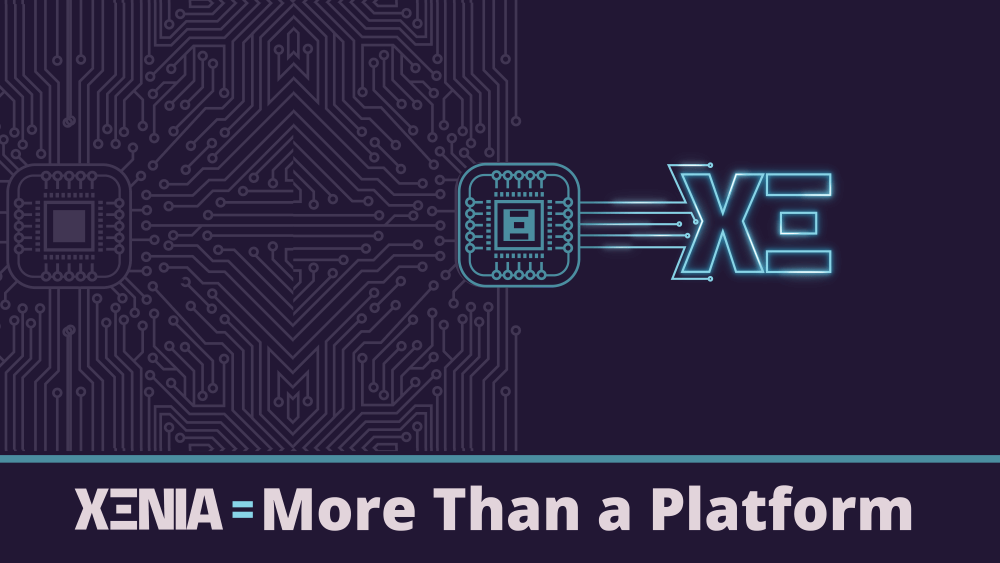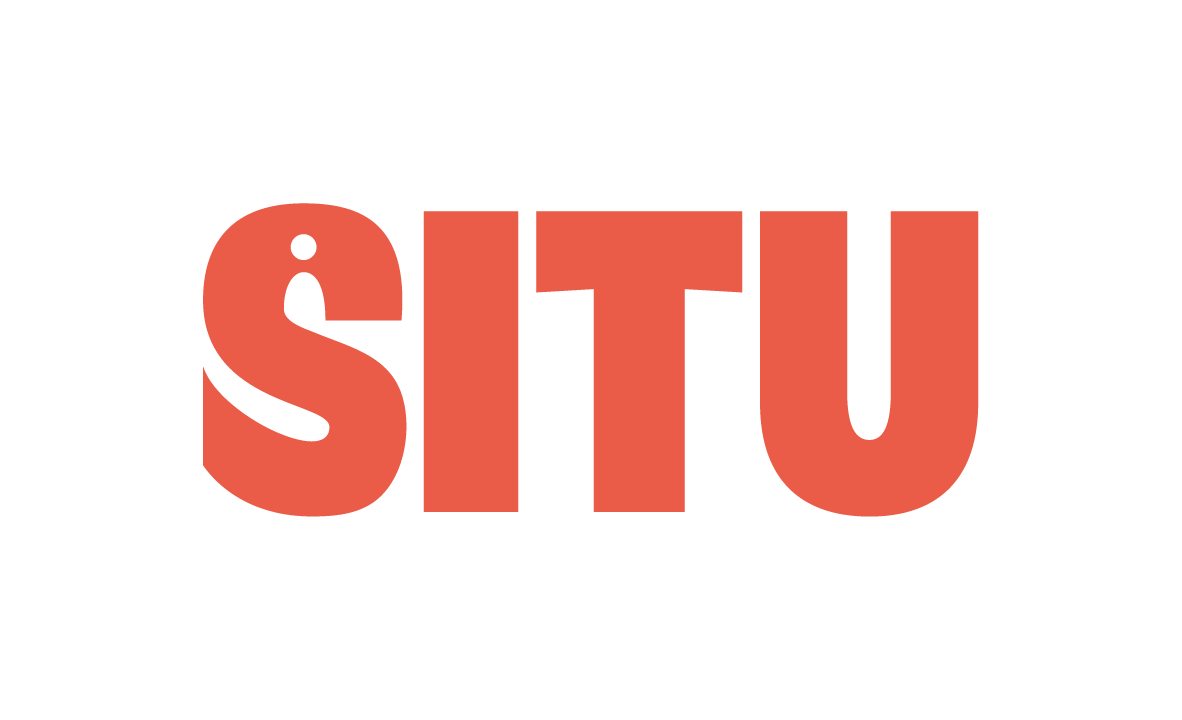
There’s a moment in every journey where the fog lifts, where scattered pieces snap into place, revealing something undeniable. The ‘aha’ moment. The kind of clarity that reshapes everything that follows.
Our discovery phase didn’t just highlight inefficiencies. It exposed a truth too long ignored – systems weren’t failing because they lacked tools. They were failing because they lacked flow. Every conversation, every data point, every frustration pointed to a common theme: the problem wasn’t just inefficiency. It was friction. Complexity. Systems built for processes, not for people.
The industry had adapted to this over time, working around broken workflows, accepting delays, tolerating inconsistencies. But why should it have to? We had more tools than ever, but they weren’t making things easier. Instead, they were multiplying the complexity – more logins, more fragmented systems, more steps to achieve what should have been simple.
The disconnect wasn’t just between processes and people; it was between expectation and reality. Between what booking corporate accommodation should be, and what it had become. The answer was to strip away the noise, the friction, the unnecessary layers until only what mattered remained. It was like finally seeing the full picture after staring at fragments for too long – once the clutter was gone, the answer was clear.
As the research was analysed, we ensured that the learnings were incorporated into every decision, shaping every aspect of Xenia’s evolution. This was not about incremental change – it was about redefining the experience from the ground up. Every feature we built was directly tied to real-world pain points. We didn’t just build a platform; we built a response to the frustrations of those who use it every day.
Some discoveries challenged our assumptions. We saw where automation could accelerate processes, but we also uncovered moments where human intervention was irreplaceable — where technology should empower, not replace, the expertise that makes service truly valuable. The breakthrough wasn’t just about efficiency. It was about balance.
As we pieced together insights from our research, four major themes emerged – guiding principles that shaped the foundation of Xenia’s development.
- Accommodating uniqueness – There is no universal formula for hospitality. True service is about balancing efficiency with adaptability, ensuring every request is met with the right level of human touch and technological support.
- Empowering specialists – Technology should remove barriers, not create them. It should allow people to focus on human interactions where they matter most.
- Authenticity and speed – Communication should feel natural and effortless, ensuring fast onboarding and seamless transitions between tasks.
- Scalability and intelligence – Data quality, validation, and automation should enhance, not complicate, workflows. The system must be adaptable, ready to grow and evolve without losing its human touch.
Xenia is more than a platform. It’s a redefinition of how service should feel – intuitive, effortless, inevitable. It doesn’t just make processes better; it makes us better at fulfilling our promise to customers.

